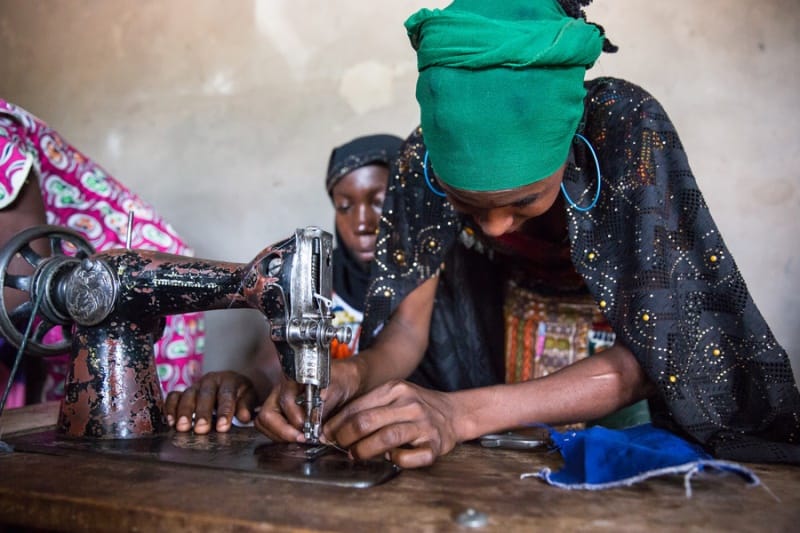Landlocked, Chad faces substantial obstacles, including growing security challenges, compounded by a low-income economy, with a large informal sector
Toumaï, “hope of life” in Gorane, is the name given to the oldest human ancestor discovered in Northern Chad two decades ago. But where humanity is believed to have begun, it is slowly being threatened by the consequences of the COVID-19 outbreak.
Landlocked, Chad faces substantial obstacles, including growing security challenges, compounded by a low-income economy, with a large informal sector. There are limited livelihood options and a looming threat of climate change, land degradation and water scarcity in some areas.
For the population, especially in rural areas, remittances from diaspora Chadians – conservatively estimated by UNDESA in 2019 as 336,802 people – are a lifeline. They help cushion a fragile economy.
To better understand remittance flows to Chad, the International Organization for Migration (IOM) launched an online survey with global Chadian diaspora to identify key remittances channels and shed light on how remittances are used by Chadians at home.
“The most recent World Bank data on remittances in Chad dates back to 1994, which shows the need for more updated figures and statistics on money transfers,” explained Anne Schaefer, Chief of Mission of IOM in Chad. “For Chad, great opportunities lie in utilizing migration as a tool for development.”
This survey is the first of its kind in Chad and seeks to understand “remittance behaviour” among the Chadian diaspora in low, middle and high-income countries, and to a larger extent, the role of diaspora in local and national development.
“The survey results will provide an updated snapshot of the scale of remittances in Chad, as well as the possible impact of the COVID-19 pandemic on money transfers into the country,” she added.
In the survey, respondents are invited to answer questions on the frequency of money transfers, their most used remittance channels (mobile money, banks, friends or money transfer services) as well as the intended use of the money remitted, among other questions.
The final report will yield insights that decision makers can use to harness the benefits of migration as a tool for sustainable development in Chad. The proposed intervention will enhance the Government of Chad’s ability to utilize remittances to promote sustainable solutions that will improve the livelihood of its citizens.
In 2019, several diaspora members came together and formed the Groupe d’entraide a l’Enseignement Supérieur et a la Santé au Tchad – GESST (Self-help Group for Higher Education and Health in Chad). The association, made up of nearly 200 Chadian medical doctors, researchers and engineers, developed a project to map Chadian healthcare, education experts willing use their knowledge and skills for the country’s development, in cooperation with IOM. Read more here.
Remittances are financial or in-kind transfers made by migrants to friends and relatives back in communities of origin. In 2019, USD 48 billion were remitted in Sub-Saharan Africa, exceeding the amount of development aid the region receives and making them a powerful tool for social and economic development.
Across the region, they help families make ends meet and contribute to local development, sometimes being channelled towards the construction of key infrastructures in local communities.
Distributed by APO Group on behalf of International Organization for Migration (IOM).

